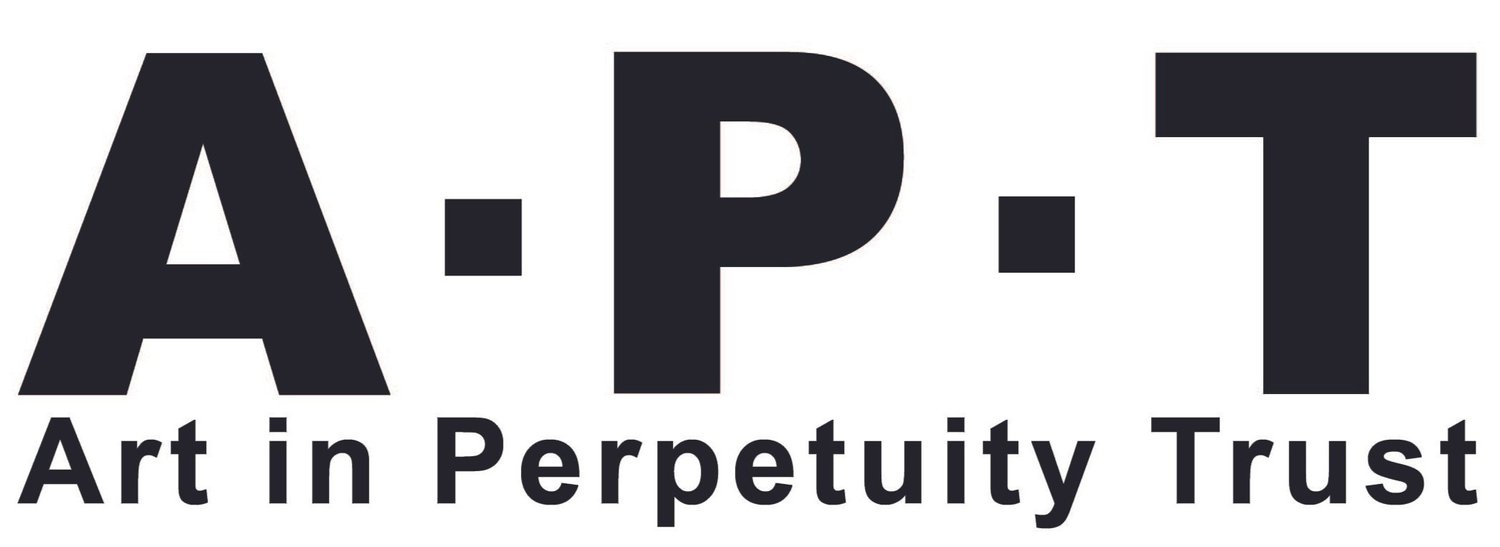PAUL TONKIN
Aficionado, Acrylic on canvas, 87 x 181cm
Brought up in 1950s and 60s Southampton, Tonkin took up drawing at an early age encouraged by his father. Although art education was virtually non-existent at the Catholic grammar school he attended, tolerant lay teachers allowed him to read art books during History and Maths lessons. Frequent visits to the local art gallery and public library led him to discover Turner, the Impressionists, Matthew Smith, Roger Hilton, Bomberg’s later work, Ivon Hitchens, Paul Klee and Matisse. Inspired by Klee he made tentative attempts at abstract painting.
He attended Southampton Art College and Canterbury Art College. At Canterbury his tutor was Geoffrey Rigden who had met American painters Kenneth Noland and Jules Olitski through working at Kasmin’s Gallery in Bond Street. He became interested in the work of Rothko, Clyfford Still, Morris Louis and Hans Hofmann. Encouraged by Rigden and another tutor, Ian Dury, he explored techniques of painting using acrylics which were then relatively new.
A music fan, he briefly joined Dury’s band Kilburn and the Highroads but soon realised that his training and experience made the less glamorous route of painting the one to follow. After leaving art college he moved to Stockwell in South London and set up a studio in a squat in Brixton (above an Oxfam shop opposite Desmond’s Hip City Reggae shop). Between 1974 and 1986, he rented space on Wapping Wall E1 in London’s vacated docklands. Douglas Abercrombie, who was moving Fred Pollock into another studio in the same premises, saw Tonkin’s paintings stacked against a wall and alerted Pollock which resulted eventually in an invitation to participate in annual exhibitions held at Stockwell Depot (1976 – 79). These included sculptors, Peter Hide and Katherine Gili and painters Jenny Durrant and Alan Gouk. The exhibitions were thoroughly documented by Sam Cornish in his book ‘Stockwell Depot 1967-79’. Through these shows he was to meet Clement Greenberg and Anthony and Sheila Caro. Greenberg and other North American critics and painters visited his studio in the 70s and 80s.
John Hoyland invited him to exhibit in the Hayward Gallery Summer Exhibition 1980 alongside John McLean, Albert Irvin, Frank Bowling and others. He was the youngest painter in that show. Other opportunities followed: a Serpentine Gallery Summer Show in 1982; the Castlefield Gallery, Manchester in1985 and the Whitechapel Open Exhibitions between 1984 and 1994. These brought favourable reviews from the likes of John Russell Taylor, Tim Hilton and Matthew Collings. Colour was and is the key: ‘…his colour is positively Venetian’ and ‘Look at the way he bashes in that yellow, lifting his picture from its self-absorption’ (Hilton).
Sonority, 2009 Acrylic on canvas. 182 x 185cm
The late 1980s found him working at Greenwich Studios, King George Street London SE10 where he became involved with a group of artists searching for more permanent workspace. This they eventually found at Harold Wharf, Creekside where, in 1995 APT was brought to life as a registered charity dedicated to the provision of studios, a gallery and art education. Around this time he renewed contact with John Hoyland which led to the curation with Dr Cuillin Bantock of a series of exhibitions (1999 – 2003) at the Deli Bar, near Hoyland’s home and studio in Charterhouse Square, Clerkenwell.
In 2006 he was invited to show a large painting in the Royal Academy Summer Exhibition which was illustrated in the catalogue. His work was also hung in the Royal Academy in later years and featured in a BBC2 documentary about the Summer Exhibition. He was given a solo exhibition at the Poussin Gallery in 2009 (with a catalogue introduction by John Hoyland) and another at the Delfina Restaurant in 2011. Visits to North Wales, Cornwall, Scotland, Switzerland, Spain, the Adriatic, Ireland and the South of France in recent years have led to a renewed involvement with landscape. While both music and landscape contribute to the experiences which inform his work, he remains committed to non-representational colour painting built up from improvised elements.
“I believe Paul Tonkin’s paintings describe inner experience and can at times make a direct link to nature and the timelessness of things, to events no words can describe. Imagination is the creative force; art as an idea of this world, but not in logical terms - a world of deeper meanings and mysteries, excluding forms of outer knowledge. Imagination creates a new reality and when rightness of form can be achieved the work will not be ‘understood’ but will be recognised.”
John Hoyland, 05 03 09 London.
Cake, 2015 Acrylic on canvas. 106 x 153cm
En Route, 2016 Acrylic on canvas. 133 x 91cm
Exhibition view, Linden Hall, October 2016
The sequence on Paul Tonkin runs between 7:13 and 11:24
LINKS
@paultonkinlondon > Instagram
A full CV for Paul Tonkin can be found here
In 2014 Paul was invited by Matthew Collings to appear in a documentary entitled The Rules of Abstraction which was broadcast on BBC4.
Devotee, 2015 Acrylic on canvas. 56 x 96cm
Balade, 2015. Acrylic on canvas. 87 x 51cm





